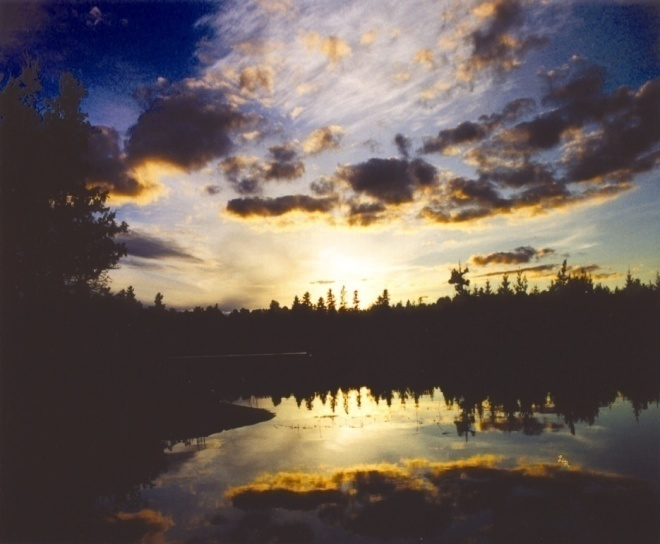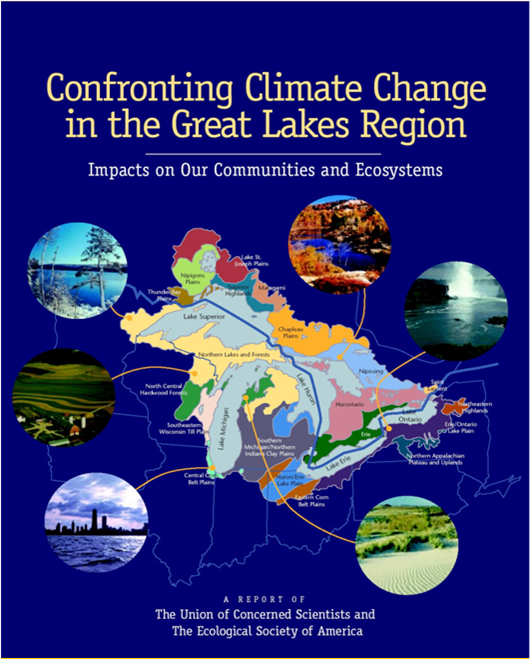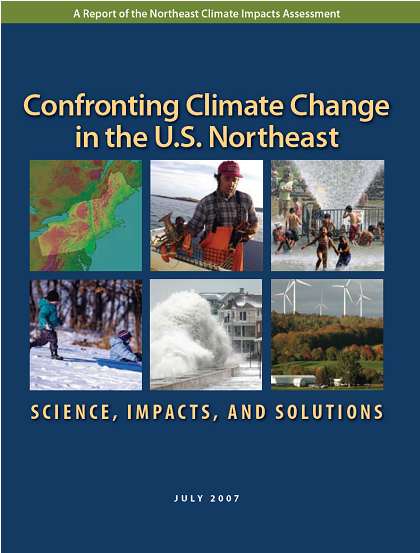Review of Lecture on Climate Change in the Great Lakes RegionMain Messages:There are 4 overarching findings or key messages of this lecture, following the full report on Climate Change in the Great Lakes Region (click here for the report Great Lakes climate. ): 1. The report authors concur with the consensus among the vast majority of climate scientists that climate change is underway and that – at least over the past 50 years - human activities have had a discernible impact on the global atmosphere and climate. Activities such as driving cars and producing electricity from fossil-fuel-powered power plants produce heat-trapping gas emissions that cause climate change. 2. Climate change magnifies existing health and environmental problems, and will not occur in a vacuum. 3. Climate change has already changed and will continue to change the fundamental character of the Great Lakes region. 4. The good news is that the worst of these impacts are not inevitable. As much as humans are adding to the problem, we can also be part of the solution. Many common sense solutions are available now. While additional R&D is necessary to create the solutions that will lead us to a fossil-fuel-free society and economy, there are many things we can do already to get started. Everyone of us, from individuals to industry to governments, can and must be part of the solution. Main Concepts:
All materials © the Regents of the University of Michigan unless noted otherwise. |




